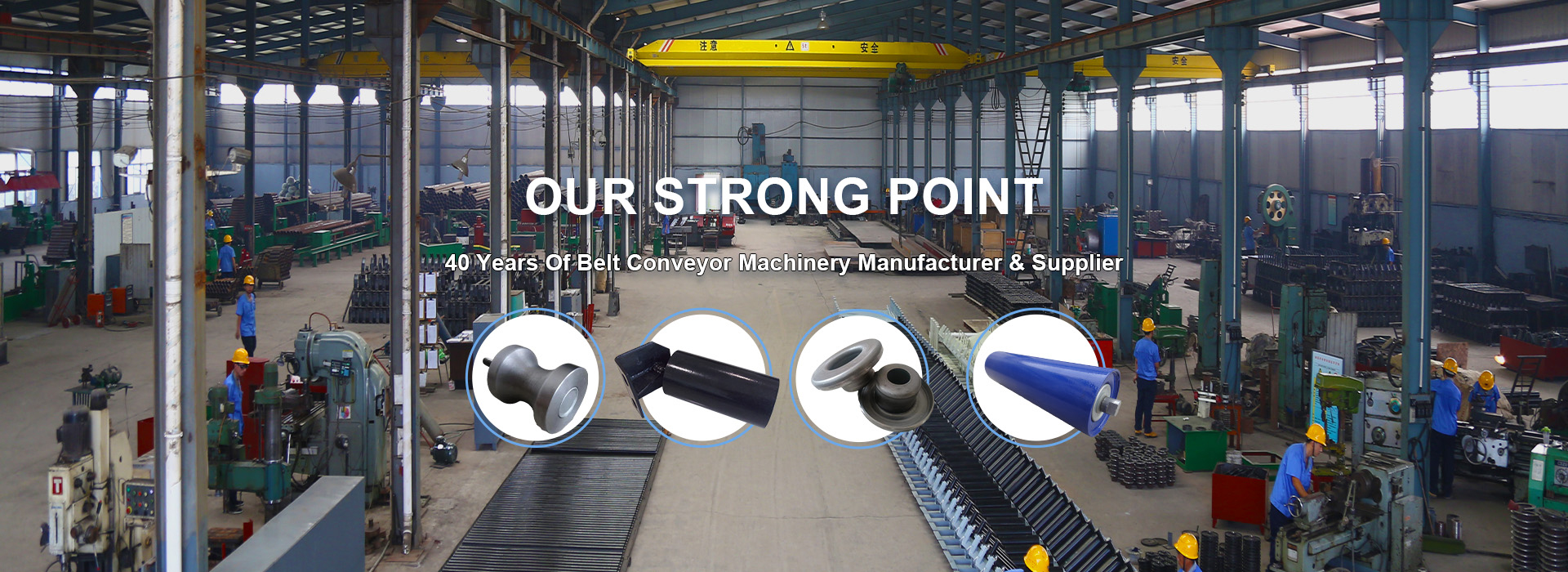 Afrikaans
Afrikaans  Albanian
Albanian  Amharic
Amharic  Arabic
Arabic  Armenian
Armenian  Azerbaijani
Azerbaijani  Basque
Basque  Belarusian
Belarusian  Bengali
Bengali  Bosnian
Bosnian  Bulgarian
Bulgarian  Catalan
Catalan  Cebuano
Cebuano  Corsican
Corsican  Croatian
Croatian  Czech
Czech  Danish
Danish  Dutch
Dutch  English
English  Esperanto
Esperanto  Estonian
Estonian  Finnish
Finnish  French
French  Frisian
Frisian  Galician
Galician  Georgian
Georgian  German
German  Greek
Greek  Gujarati
Gujarati  Haitian Creole
Haitian Creole  hausa
hausa  hawaiian
hawaiian  Hebrew
Hebrew  Hindi
Hindi  Miao
Miao  Hungarian
Hungarian  Icelandic
Icelandic  igbo
igbo  Indonesian
Indonesian  irish
irish  Italian
Italian  Japanese
Japanese  Javanese
Javanese  Kannada
Kannada  kazakh
kazakh  Khmer
Khmer  Rwandese
Rwandese  Korean
Korean  Kurdish
Kurdish  Kyrgyz
Kyrgyz  Lao
Lao  Latin
Latin  Latvian
Latvian  Lithuanian
Lithuanian  Luxembourgish
Luxembourgish  Macedonian
Macedonian  Malgashi
Malgashi  Malay
Malay  Malayalam
Malayalam  Maltese
Maltese  Maori
Maori  Marathi
Marathi  Mongolian
Mongolian  Myanmar
Myanmar  Nepali
Nepali  Norwegian
Norwegian  Norwegian
Norwegian  Occitan
Occitan  Pashto
Pashto  Persian
Persian  Polish
Polish  Portuguese
Portuguese  Punjabi
Punjabi  Romanian
Romanian  Russian
Russian  Samoan
Samoan  Scottish Gaelic
Scottish Gaelic  Serbian
Serbian  Sesotho
Sesotho  Shona
Shona  Sindhi
Sindhi  Sinhala
Sinhala  Slovak
Slovak  Slovenian
Slovenian  Somali
Somali  Spanish
Spanish  Sundanese
Sundanese  Swahili
Swahili  Swedish
Swedish  Tagalog
Tagalog  Tajik
Tajik  Tamil
Tamil  Tatar
Tatar  Telugu
Telugu  Thai
Thai  Turkish
Turkish  Turkmen
Turkmen  Ukrainian
Ukrainian  Urdu
Urdu  Uighur
Uighur  Uzbek
Uzbek  Vietnamese
Vietnamese  Welsh
Welsh  Bantu
Bantu  Yiddish
Yiddish  Yoruba
Yoruba  Zulu
Zulu conveyor system components
Understanding Conveyor System Components
Conveyor systems are crucial in modern industrial operations, efficiently transporting materials from one location to another. They are found in various industries, including manufacturing, warehousing, food processing, and logistics. This article will explore the essential components of conveyor systems, their functions, and how they work together to create an effective material handling solution.
1. Conveyor Belts
At the heart of any conveyor system is the conveyor belt itself. Conveyor belts are flexible loops of material that transport goods from one point to another. They can be made from a variety of materials, including rubber, plastic, and metal. The choice of material often depends on the industry and the nature of the materials being transported. For instance, food-grade belts are essential in the food processing industry, while heavy-duty belts with high resistance to wear and tear are ideal for heavy manufacturing settings.
2. Rollers
Rollers play a critical role in the operation of conveyor systems. They support the conveyor belt and reduce friction, allowing the belt to move smoothly. There are various types of rollers, including idler rollers, which help maintain belt tension, and drive rollers, which are responsible for moving the belt. Properly designed and maintained rollers can significantly enhance the efficiency and longevity of the conveyor system.
3. Drives
The drive system is another critical component of conveyor systems. It typically consists of a motor, gearbox, and various drive components that provide the necessary power to move the conveyor belt. The drive can be located at various points along the conveyor system, depending on the design and layout. Electric motors are commonly used, offering efficiency and reliability. In more complex systems, variable speed drives allow for better control over the speed of the conveyor, enhancing operational flexibility.
conveyor system components

Pulley systems are integral to conveying operations, as they help guide and redirect the conveyor belt. The primary pulleys include the drive pulley and the tail pulley. The drive pulley is located at the discharge end of the conveyor and is responsible for moving the belt. The tail pulley, on the other hand, is situated at the loading end and helps support the belt as it returns. Additionally, pulleys may be equipped with specific features, such as lagging, to improve traction and prevent slippage.
5. Support Structures
Support structures are the framework upon which the conveyor system is built. These might include frames, supports, and stands that ensure the conveyor remains stable and can withstand the loads being transported. The design of support structures is crucial for the overall integrity and safety of the conveyor system. They should be robust enough to handle variations in load and environmental conditions.
6. Chutes and Hoppers
In many conveyor systems, especially in bulk material handling, chutes and hoppers are used. Chutes facilitate the flow of material into the conveyor system, while hoppers are storage units that temporarily hold materials before they are transported. These components ensure a smooth transition for materials and help in maintaining continuous flow, reducing interruptions in the operation.
7. Sensors and Controls
Modern conveyor systems often incorporate sensors and controls for enhanced automation and monitoring. Sensors can detect the presence of materials on the conveyor, allowing for automatic start and stop functions, and can also monitor the speed of the conveyor belt. Control systems can vary from simple manual controls to complex programmable logic controllers (PLCs) that integrate with other machinery and systems in the facility, ensuring optimal performance and safety.
Conclusion
Conveyor systems comprise various components, each playing a vital role in the transportation of materials. From belts and rollers to drives and sensors, understanding how these components work together is essential for anyone involved in material handling or industrial operations. Proper design, maintenance, and integration of these components lead to increased efficiency, reduced operational costs, and improved safety in industrial environments. As industries continue to evolve, the technology behind conveyor systems will also advance, leading to even more effective and efficient solutions for material handling challenges.
-
Revolutionizing Conveyor Reliability with Advanced Rubber Lagging PulleysNewsJul.22,2025
-
Powering Precision and Durability with Expert Manufacturers of Conveyor ComponentsNewsJul.22,2025
-
Optimizing Conveyor Systems with Advanced Conveyor AccessoriesNewsJul.22,2025
-
Maximize Conveyor Efficiency with Quality Conveyor Idler PulleysNewsJul.22,2025
-
Future-Proof Your Conveyor System with High-Performance Polyurethane RollerNewsJul.22,2025
-
Driving Efficiency Forward with Quality Idlers and RollersNewsJul.22,2025





























